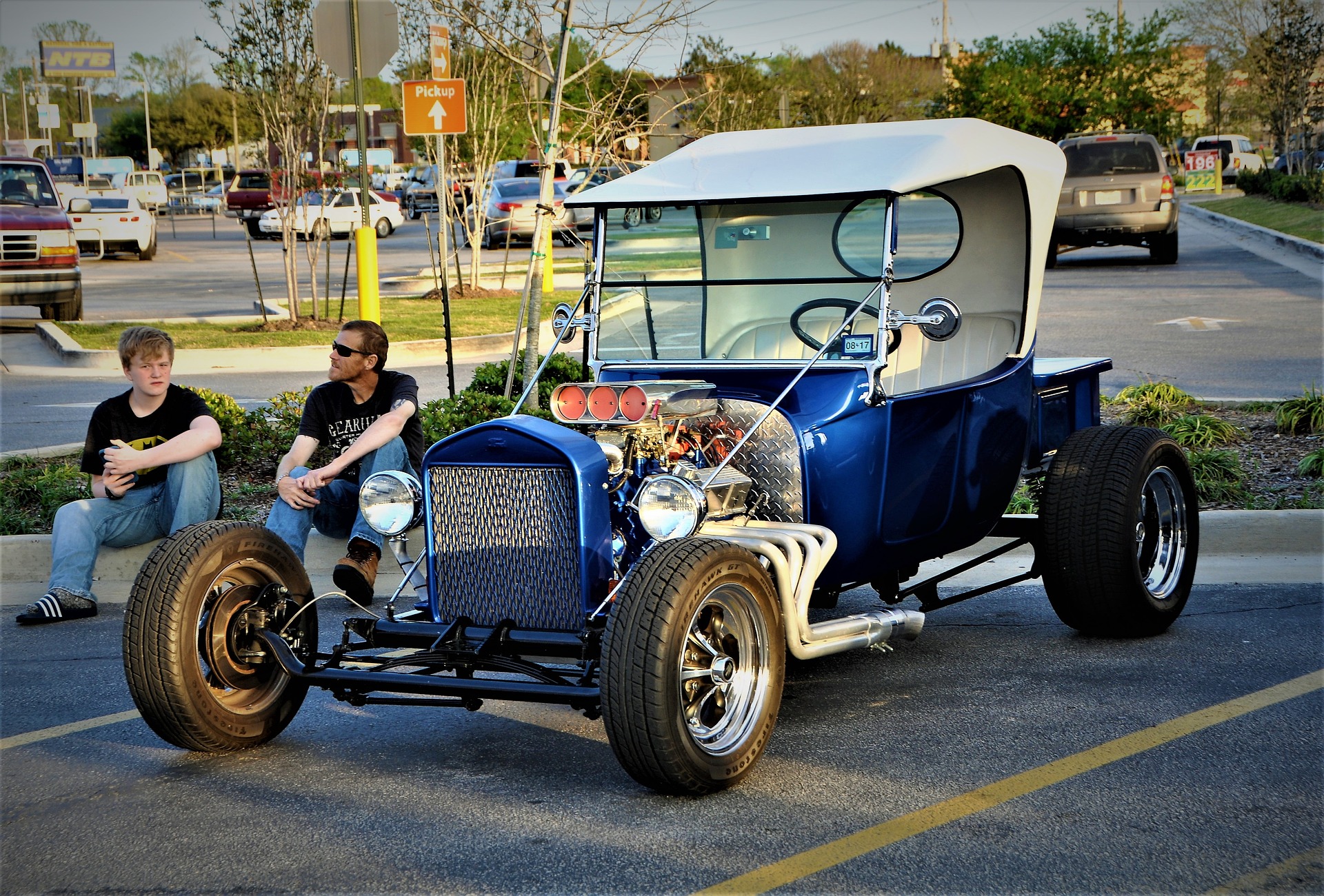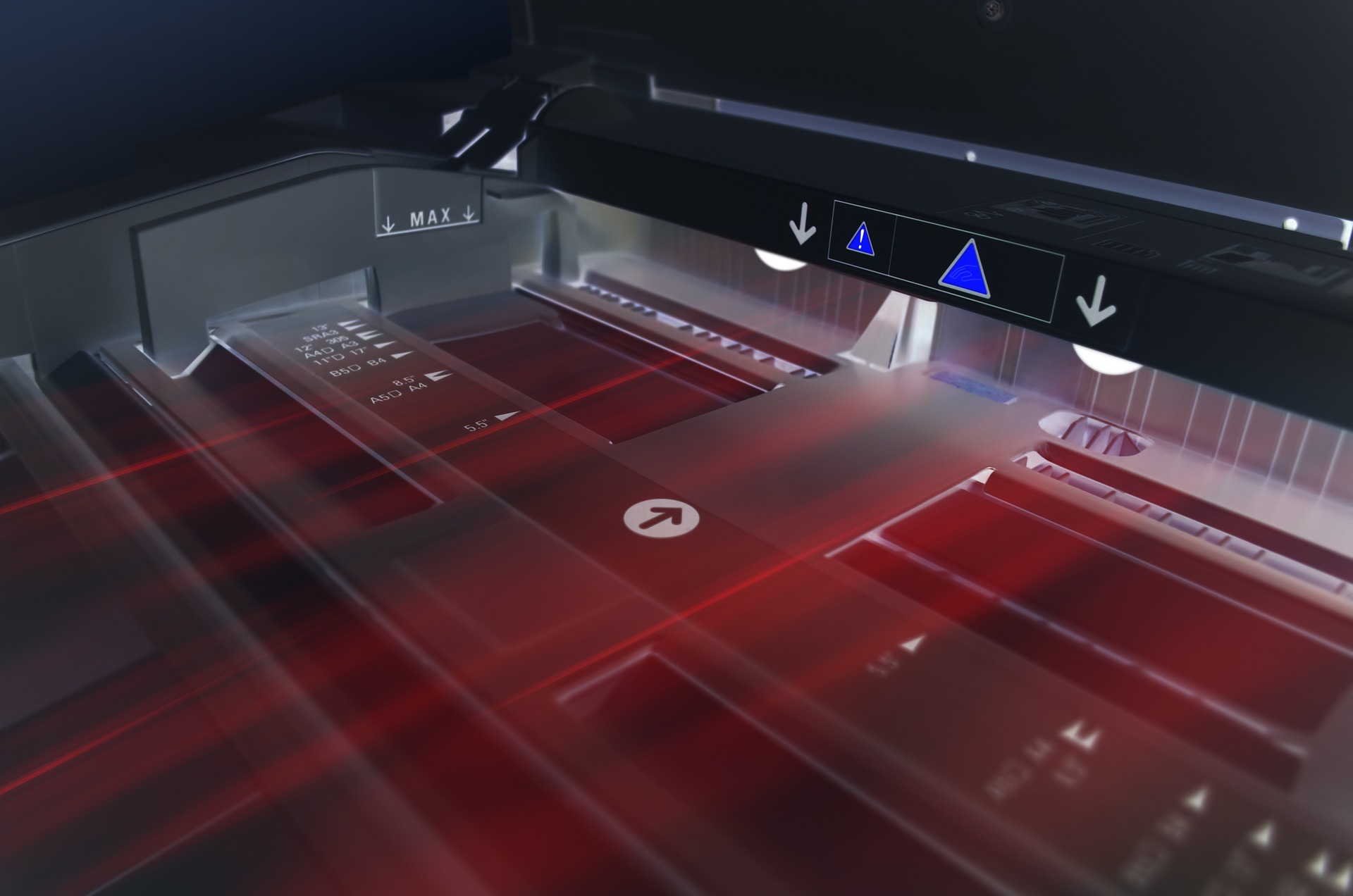Reinventing the Wheel: The Rise of 3D Printed Car Parts
As you turn the key and hear the familiar hum of your car engine, it's easy to forget the array of parts working in harmony beneath the hood. From the intricacies of the engine to the humble cup holder, each component is a cog in the well-oiled machine that is your car. But what if I told you that the future of these parts lies not in traditional factories, but in the realm of 3D printing?

A Journey Through Time: The Evolution of Car Manufacturing
To appreciate the significance of 3D printing in the automotive world, we need to take a step back and explore the roots of car manufacturing. The industry has come a long way since the early 20th century when Henry Ford introduced the assembly line, revolutionizing mass production. Car parts were once handcrafted, a time-consuming process that made cars a luxury item. Then came automation and the era of mass production, making cars widely accessible.
However, as technology advanced, so did the complexity and diversity of car parts. This led to the development of more specialized production techniques to cater to a broadening market. From metal stamping to plastic injection molding, these methods have served the industry well, but they are not without their drawbacks. The advent of 3D printing promises to address these challenges, bringing a new era of efficiency and customization to the automotive world.
The Rise of 3D Printing in the Automotive World
3D printing, or additive manufacturing, is a process that creates three-dimensional objects from a digital file. It does this by depositing material layer by layer until the object is complete. This technology has been around since the 1980s but has seen significant advancements in recent years, making it increasingly relevant for various industries, including automotive.
This technology’s application in the automotive industry is multifaceted, ranging from creating prototypes to manufacturing end-use parts. For instance, 3D printing allows manufacturers to rapidly produce prototypes, significantly reducing the time-to-market for new car models.
The Impact: Driving Efficiency and Customization
The impact of 3D printing in the automotive industry is twofold: efficiency and customization. Firstly, 3D printing can streamline production processes and reduce waste. Unlike traditional manufacturing methods that often involve cutting and shaping materials, 3D printing only uses the necessary amount of material, reducing waste and ultimately saving costs.
Secondly, 3D printing opens new doors for customization. Car enthusiasts are no strangers to the desire for personalization, and 3D printing can make this a reality on a whole new level. Whether it’s a custom gear knob or a one-of-a-kind dashboard design, 3D printing can turn your dream design into a tangible reality.
The Road Ahead: Challenges and Opportunities
While 3D printed car parts hold great promise, there are also challenges to be tackled. These include the cost of 3D printers and materials, the durability of 3D printed parts, and the need for regulatory approval of such parts.
However, the benefits outweigh the challenges. With ongoing advancements in 3D printing technology, the day isn’t far when you’ll be able to design and print your own car parts right from the comfort of your garage.
In conclusion, 3D printed car parts signify a new chapter in the automotive industry, offering unprecedented levels of efficiency and customization. While there are still hurdles to overcome, the journey ahead is filled with potential. As we buckle up and gear up for this exciting ride, one thing is certain: the future of car parts is being printed, one layer at a time.





